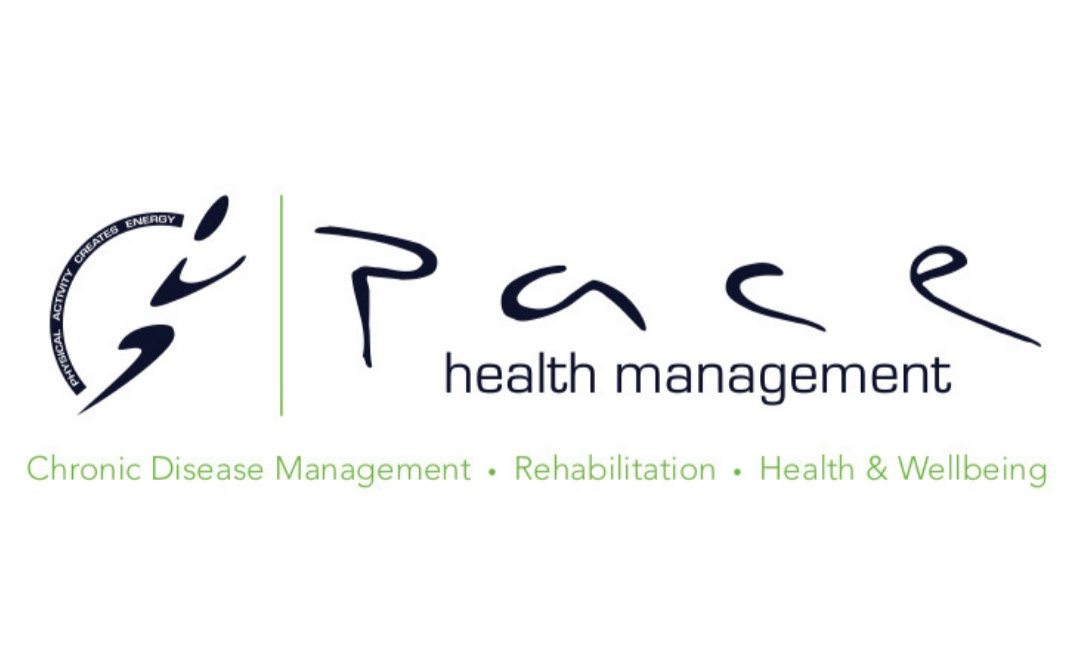To ICE or not to ICE? That is the question…
From working and playing in the football system I often get asked what is the best strategy for those who suffer from an acute injury. This can be a tricky question due the large variety of injuries that can occur in a game like football and often, an individualised assessment is needed by an appropriately qualified professional to fully determine your rehabilitation program.
However, we do like to try and make things as easy as possible in the health industry and a series of acronyms have been created in the past to assist those with some simple management techniques to follow. Everyone would have heard about the ICE principles for acute injury management (Ice, Compress & Elevate). This then evolved to RICE (Rest) and PRICE (Protect). In this paper I would like to introduce you to the newest and most updated management protocol from the British Journal of Sports Medicine (BJSM). Release in April 2019, BJSM collected the newest research available and has now come up with a new acronym to follow. They call it… PEACE & LOVE (See below for the full outline). Stay tuned for our next blog which will focus more on preventative strategies you can implement to reduce the risk of injuries. But for now, happy reading!
P for Protect
Unload or restrict movement for 1 to 3 days to minimise bleeding, prevent distension of injured fibres and reduce risk of aggravating the injury. Rest should be minimised as prolonged rest can compromise tissue strength and quality. Rely on pain signals to guide removal of protection and gradual reloading.
E for Elevate
Elevate the limb higher than the heart to promote interstitial fluid flow out of tissue. Despite weak evidence supporting its use, elevation is still recommended given its low risk-benefit ratio.
A for Avoid anti-inflammatory modalities
Anti-inflammatory medications may potentially be detrimental for long-term tissue healing. The various phases of inflammation contribute to optimal soft tissue regeneration. Inhibiting such an important process using pharmacological modalities is not recommended as it could impair tissue healing, especially when a higher dosage is taken.
C for Compress
External mechanical pressure using taping or bandages helps limiting intra-articular edema and tissue hemorrhage. Despite conflicting studies, compression after an ankle sprain seems to reduce swelling and improve quality of life.
E for Educate
Therapists should educate patients on the benefits of an active approach to recovery. Passive modalities such as electrotherapy, manual therapy or acupuncture, early after injury has a trivial effect on pain and function compared with an active approach; it may even be counter-productive in the long term. Indeed, nurturing the ‘need to be fixed’ can create dependence to the therapist, be a significant nocebo, and thus contribute to persistent symptoms. Better education on the condition and load management will help avoid overtreatment which has been suggested to increase the likelihood of injections or surgery and higher costs to healthcare systems because of disability compensation (e.g. in low back pain). In an era of technology and hi-tech therapeutic options, we strongly advocate for setting realistic expectations with patients about recovery times instead of chasing the magic treatment approach.
After the first days have passed, soft tissues need LOVE
L for Load
An active approach with movement and exercise benefits most patients with musculoskeletal disorders. Mechanical stress should be added early and normal activities resumed as soon as symptoms allow. Optimal loading without exacerbating pain promotes repair, remodelling and building tissue tolerance and capacity of tendons, muscles and ligaments through mechanotransduction.
O for Optimism
The brain plays a key role in rehabilitation interventions. Psychological factors such as catastrophisation, depression and fear can represent barriers to recovery. They are even thought to explain more of the variation in symptoms and limitations following an ankle sprain than the degree of pathophysiology. Pessimistic patient expectations are also associated with suboptimal outcomes and worse prognosis. While staying realistic, practitioners should encourage optimism to enhance the likelihood of an optimal recovery.
V for Vascularisation
Physical activity that includes cardiovascular components represents a cornerstone in the management of musculoskeletal injuries. While research is needed on dosage, pain-free cardiovascular activity should be started a few days after injury to boost motivation and increase blood flow to the injured structures. Early mobilisation and aerobic exercise improve function, work status and reduce the need for pain medications in individuals with musculoskeletal conditions.
E for Exercise
There is a strong level of evidence supporting the use of exercises for treatment of ankle sprains and for reducing the prevalence of recurring injuries. Exercises will help to restore mobility, strength and proprioception early after injury. Pain should be avoided to ensure optimal repair during the subacute phase of recovery, and should be used as a guide for progressing exercises to greater levels of difficulty.
References:
1.British Journal of Sports Medicine 2019 Blaise Dubois and Jean-Francois Esculier
2.Pub Med Recovery from Injury in sport 2009 William Kraemer, PhD, CSCS,*Craig Denegar, PhD, PT, ATC, and Shawn Flanagan, BS, CSCS
